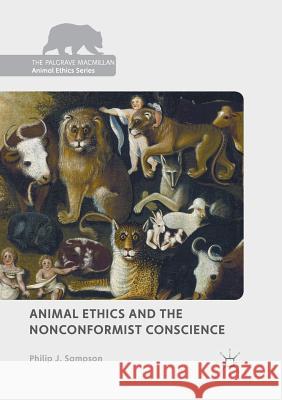Animal Ethics and the Nonconformist Conscience » książka
topmenu
Animal Ethics and the Nonconformist Conscience
ISBN-13: 9783030071868 / Angielski / Miękka / 2019 / 160 str.
Kategorie BISAC:
Wydawca:
Palgrave MacMillan
Seria wydawnicza:
Język:
Angielski
ISBN-13:
9783030071868
Rok wydania:
2019
Dostępne języki:
Numer serii:
000414447
Ilość stron:
160
Waga:
0.21 kg
Wymiary:
21.01 x 14.81 x 0.94
Oprawa:
Miękka
Dodatkowe informacje:
Wydanie ilustrowane











